Polymer Fibers (Part 2: High performance Fibers)

In prat 1, we examined the most important and most used polymer fibers, namely polyolefin, polyamide, vinyl, acrylic and polyester fibers. In addition to those items, there are other fibers with less important but important applications known as high performance fibers, ie fibers that in one or more properties such as elasticity, heat resistance, strength and much more. They work exceptionally well and work great. These fibers are commonly known by their brand names. The most important of them are:
- Aramids
- Thermoplastic Elastomers
- Polyvinylidene Chloride (PVCD)
- High Molecular Weight Polyethylene (UHMPE)
- Zylon®
- High Density Polyarylate or Vectran ™
- PBI (polybenzimidazole)
1) Aramid Fibers
Aramid fibers, more commonly known as Nomex® and Kevlar® brands, are among the most common high performance fibers. These fibers are divided into two categories: meta-aramids and para-aramids.

1-a) m-Aramids
These fibers are known as the Nomex® brand. Many applications of them are due to their unique combination of flame resistance with thermal and textile properties. The fibers made from these fabrics are inherently flame resistant and do not melt or drip, which is why m-aramid fabrics are widely used in military applications (flight suits and coveralls for combat vehicle and shipboard engineering crews), firefighting, auto racing, and in chemical and petrochemical industries, where is a risk of sudden fires or arcs for workers. m-Aramids and blends with p-aramids used in firefighting apparel, such in turnout gear, station uniforms, hood, gloves, and boots. The turnout gear is a three-component system (an outer shell, a moisture barrier, and a thermal barrier) designed to provide basic thermal protection in flash over conditions and hot environments in addition to maximizing comfort and minimizing the heat stress potential.

These fibers are also used in hot mix asphalt industry filters to control air pollution. These air purifiers are the preferred air purification system for compliance with pollutants and cost-effectiveness. Filters in this field can be manufactured from various materials such as Teflon®, fiberglass, polyester and polyphenylene sulfide but for asphalt plants, m-aramids due to such determinants as filtration performance, chemical resistance, stress-strain strength, durability, cost and resistance to heat and combustion are most appropriate.
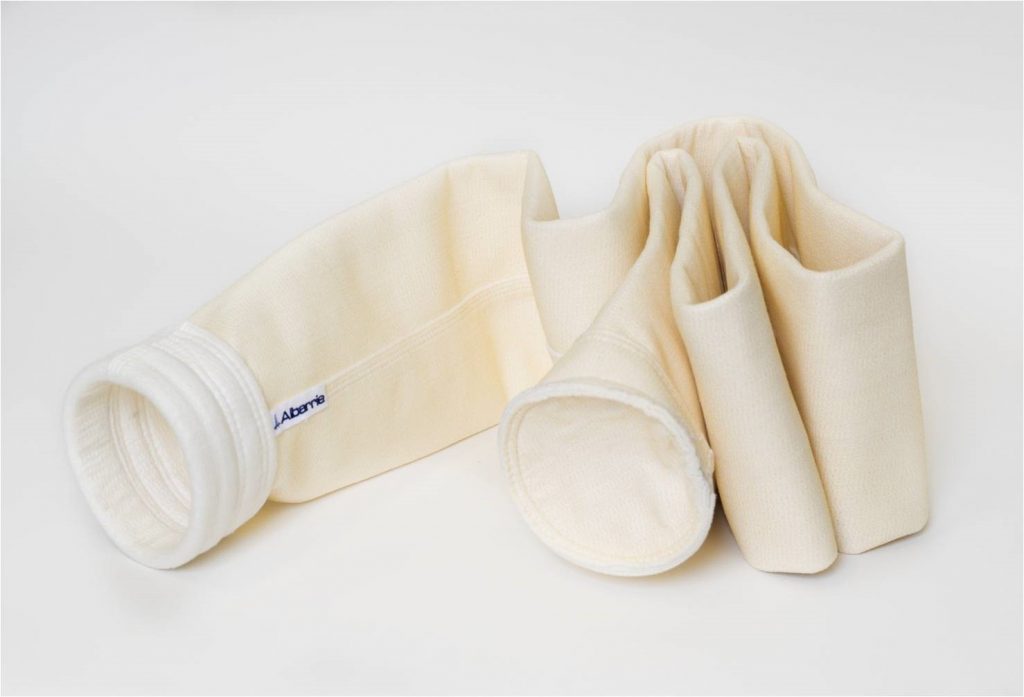
m-Aramid fabrics are also used for steam iron covers. These materials can withstand temperatures up to 200°C. At lower temperatures (150-160°C ), m-aramid fabrics are more reliable than the lower cost polyester press covers which are still permissible at this temperature range. m-Aramids also have the benefits of abrasion resistance, dimensional stability and very good hydrolysis resistance.
m-Aramids in the form of paper or press boards provide an optimum balance of properties for use as electrical insulators in transformers, motors, generators and other electrical equipment. These materials can extend the life of electrical equipment, reduce the frequency of premature failures and protect against accidental electrical stress situations.
1-b) p-Aramids
These fibers are known as Kevlar®. As m-aramids are known for their flame resistance, p-aramids are generally known as the material of choice for bulletproof vests. While p-aramids play an important role in this application, we will try to show their unusual properties, which are suitable for a wide range of other applications.
Armor
Aramid-based armored systems are designed to protect people and equipment from all kinds of threats in civilian and military environments. Bullet and knife are the major threats you face in civilian affairs. Military threats are more widespread and generally deal with higher-speed projectiles such as machine guns, fragments from mortars, grenades and landmines. The design of the optimal protection system must take into account the nature of the threat and therefore the civilian and military systems will necessarily be different. Armored systems are divided into soft and hard categories. Soft armor systems are sets of woven fabrics that are used to make bulletproof vests and soft structures such as liners. Hard or composite armor systems are used in helmets and structures designed to protect vehicles, ships or shelters. These systems are made of multilayer impregnated fabric from a vinyl ester or a phenolic-polyvinyl butyral resin binder. Spall liners, which are fitted inside armored military vehicles and protect against parts caused by high-speed bullets, are a classic example of hard armor.
Protective Apparel
p-Aramid yarns are used in protective apparel in which cut, thermal or abrasion resistance is critical. It includes gloves and sleeves for glass, steel, metal and automotive workers, and other apparel such as aprons jackets. p-Aramid yarn is not affected by burning and unlike competing products made of nylon, polyester and polyethylene. p-Aramid gloves have excellent shear resistance and can significantly reduce the risk of hand and finger injuries in glass and metal displacement operations.
Tire
p-Aramids are very useful as reinforcement agents for radial tire belts because of their high strength and modulus, high temperature durability and optimum strength to weight ratio. Despite these features, the lower cost steel wire is still the preferred tire reinforcement for passenger cars. However, aramid cords have been slowly entering tire applications since their introduction in the mid-1970s, especially in the high performance area where the performance to weight ratio is crucial. Main performance of criteria are speed capability, handling, and comfort. Other factors that increase aramid consumption in automobile and truck tires are ongoing efforts to reduce vehicle weight and reduce rolling resistance to reduce energy consumption. Aramids are also used in aircraft, motorcycle and bicycle tires, where performance features are often more expensive. Regular yarn deniers for tire applications are 1000-3000.
Composite
p-Aramids are widely used in composite materials as matrix reinforcing agents or as hybrid in combination with carbon or glass. The balance of composite properties varies from application to application, but the main need is cost-effective weight loss performance. Glass has a lower strength and modulus and a higher density than aramid or carbon, but because of its low cost, it is most used as reinforcing fibers. Carbon fibers have the highest strength and modulus but the least elongation. Aramid fibers have a combination of high strength and modulus (albeit lower than carbon) with low density and high elongation which results in improved impact resistance. Composite structures are found in many applications, including aerospace component and automotive parts industries, boats, sporting goods, and protruded articles. Aramid combinations are also incorporated in hockey and golf shafts, fishing rods, skis and tennis rackets.
Rope and Cable
p-Aramids have a high strength and modulus, allowing for the design of high-load cargo ships with lighter and smaller systems. Applications in this area include mooring cables for ships, towlines, elevator cables and deep sea cables. Compared to heavy steel wire cables, p-aramid cables provide a strength equivalent to one-fifth the weight and have a close creep rate to steel. Unlike steel, aramid ropes do not corrode in an aquatic environment. Aramid ropes should be designed and handled to minimize their potential for severe internal or external abrasion. [1]

2) Thermoplastic Elastomer Fibers
Thermoplastic elastomer fibers are usually synthetic fibers with at least 85% by weight of polyurethane segments. In general, these fibers are characterized by high elastic recovery (up to 99%) and high extensibility (up to 500%), which also depends on their exact chemical composition and fabrication method used to produce them. Unlike rubber fibers that are produced as monofilaments, elastomer fibers are relatively thin and are used in the production of modern style and high comfort clothing. Elastomeric fibers were first commercialized in 1930 by DuPont company and marketed under the tradename of Spandex® (or elastane®). Special properties of elastomeric fibers are excellent resistance to oxidation and dry cleaning solvents, good dyeability, excellent retention properties after ultraviolet light, excellent resistance to body oils and avoids
the need for fiber protection during knitting. In a number of elastic textile applications, these features make them materials of choice for elastic textile applications, replacing rubber fibers and creating new markets such as active sportswear, medical textiles and elastic comfort stretch garments.
There are four common types of thermoplastic elastomers that can be used to produce elastomer fibers, namely polyurethanes, polyester copolymers, styrene copolymers and olefins. In general, the mechanical properties of fibers produced from the first types are better than the last types and can be divided into two types of high performance materials: thermoplastic elastomer polyamides (nylon) and elastomeric alloys made of an olefin and rubber resin. Polyamide thermoplastic elastomers have low density, high strain and good abrasion and solvent resistance.
2-a) Polyurethane Fibers
As mentioned, polyurethane fiber (trademarks of Spandex® and Elastane®) is known for its exceptional elasticity. Spandex ® fibers are stronger, lighter, more versatile and durable than rubber. Spandex® is the common brand of these fibers in North America, while elsewhere it is more commonly used than Elastane®. The other two famous brands of these fibers are Lycra® and Elaspan® owned by Invista.
These fibers have a round cross-section which offers good elasticity and elongation. They are highly resistant to degradation by sunlight, perspiration and chlorine, which makes them suitable for different types of active wear and swimwear.
The special elastic property and widespread industrial application of Spandex® fibers is a direct result of the chemical structure of polyurethane, which is a multi-block copolymer composed of alternating soft polyester or polyether and hard polyurethane-urea segments.

2-b) Styrene Copolymers Elastomeric Fibers
The styrenics are the cheapest thermoplastic elastomers. They are block copolymers with hard polystyrene segments interconnected whit soft segments of a matrix such as polybutadiene, polyisoprene, ethylene-propylene or ethylene-butylene. These elastomers are commercially available from Shell under trademark of Kraton®. The tensile strength of these materials is lower, the elongation is higher than that of styrene butadiene rubber (SBR) or natural rubber, and the weather resistance is the same. The styrenic elastoplastics resists water, alcohols and dilute alkalis and acids. They are soluble in or are swelled by strong acids, chlorinated solvents, esters and ketones. They also have excellent low-temperature flexibility down to -85°C (-120°F).
These fibers are used in the manufacture of optical fibers. [2]

3) Polyvinylidene Chloride (PVCD) Fibers
In PVCD, fiber is a high-chain polymer with at least 80% by weight of vinylidene chloride. Dow Chemical first sold fiber under the Saran® brand. Today, Saran® is a common name for films and fibers made from PVDC. It is produced by a melt spinning vinylidene chloride copolymer in a transparent and very smooth fiber.
These fibers have excellent chemical resistance to many chemicals, including acids, bases, bleaches, oils and most organic solvents (PVDC dissolves in some solvents such as tetrahydrofuran (THF) and cyclohexanone). Saran® does not lose strength when exposed to sunlight and moisture and resists fading, staining and mildew. The fabrics made from this fiber are easily cleaned. Since this fiber is inherently self-extinguishing, it does not need an additive for flame retardant.
Saran® fibers have a very low moisture regain of less than 0.1% and are extremely resistant to ultraviolet light and weather making them a great choice for underwater use and outdoor exposure. Due to its excellent stain and wear resistance, they are used for home and automobile upholstery, window shades and more demanding applications. However, because Saran® is relatively expensive and heavy, most applications are replaced with olefins, acrylic and other high performance fibers. [3]
4) High Molecular Weight Polyethylene (UHMPE) Fibers
UHMPE fibers were developed in 1960, known as Dyneema® (owned by DSM Corporation Netherlands) and Spectra® (owend by Hannibal Corporation USA) trademarks.
Dyneema® is a super strong fiber with maximum strength and minimal weight making it almost unlimited in use. It produced in a proprietary gel spinning process where the fibers are drawn,heated, elongated and cooled. Spinning with stretching results in molecular alignment, high crystallization and low density. It has very long molecular chains that transfer the load more efficiently to the polymer backbone. Compared to other options it is stronger at the same weight or lighter at the same strength.
Characteristics of these Dyneema® as high performance fibers are:
- Up to 15 times stronger than steel (by weight)
- Up to 40% stronger than aramids (by weight)
- Floats on water and resistant to water, moisture, UV and chemicals. [1]
Due to its excellent properties, Dyneema® and Spectra® fibers are one of the main options in the construction of sport ropes. We will discuss this below.
- Low creep; creep determines how much the rope stretches during exercise. The longer rope stretches, the weaker it becomes.
Among the high modulus polyethylene fibers, Dyneema® has the lowest creep with long-term preservation. - Resistance to temperature; for use in extreme climatic conditions, we need to have a rope that has minimal changes in strength in different environments.
Dyneema® and Spectra® fibers have continued strength in the temperature range of -150 to 70°C, which is a very strong temperature range that covers most tasks. - Tensile strength; it is the most obvious sign of a good multi-purpose rope that determines how well it holds under loads.
Dyneema® is 15 times stronger than steel (by weight) and can withstand heavy loads. - The weight; these fibers has high strength to weight ratio, which are ideal for climbing, sailing, fishing and many more ropes.
Dyneema® ropes are 15 times stronger than steel in equal weight (they have the highest strength to weight ratio). - Impermeability; being waterproof is important for several reasons, fibers that do not absorb water are more durable. In addition, fibers that do not absorb water do not become heavier when used in wet conditions.
Dyneema® fibers do not absorb water. - Safety; safe rope is very important when lifting or lowering weights. The user must be sure that the gap does not cause damage. Steel cables are the best example of a case that can cause injury to a person who will be in close proximity to the cable during a fall.
Unlike steel cable, Dyneema® rope is completely safe when breaking.
In addition to the advantages mentioned above, Dyneema® is highly resistant to acids, salts, bases and chemicals. It also maintains impatience after bending and bending.
Dyneema® ropes are widely used in marine and fishing affairs. In addition, they are ideal for climbers and arborists. For foresters, loggers, the resistance of Dyneema® fibers to oils and gases, as well as resistance to cutting, make them the ideal choice. For climbers, durability and resistance to cuts are the most important. [5]


6) Zylon® Fibers
Zylon®, commercial name for PBO fibers (poly (p-phenylene-2,6-benzobisoxazole)), have the highest tensile strength and modulus among the high performance fibers (almost doubles that of p-aramid fiber and shows 100°C higher decomposition temperature than p-aramid fiber.
There are two types of these fibers: AS (as spun) and HM (high modulus). They are easily identifiable with a golden color (darker than Kevlar®).
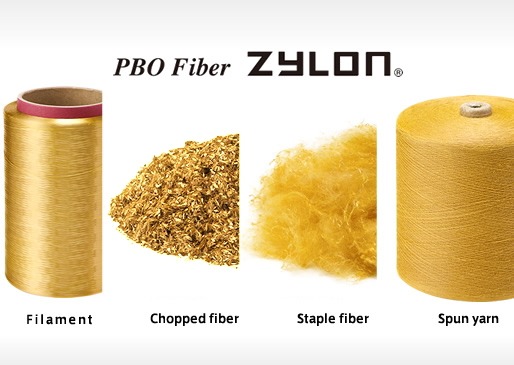
Zylon® is a trademark for a range of thermosetting liquid crystalline polyoxazole. This synthetic polymer material was invented and developed by SRI International in the 1980s and manufactured by Toyobo.
Special features of that distinguishes it among high performance fibers are:
- Excellent strength and modulus
- Good flame resistance
- Excellent thermal stability
- Excellent creep resistance
- Good chemical resistance
The application of PBO fibers is very widespread due to the excellent properties already mentioned. PBO fabrics are light weight and flexible, improve comfort and mobility, and are ideal for heat and flame resistant work wear such as firefighters. Motorcycle suits have particular areas, such as the knee and elbow regions, reinforced with PBO fabrics, providing excellent resistance to heat, flame and abrasion. Like aramids, PBO is ideal for ballistic protection fabrics and panels because of its high energy absorption and rapid dissipation of impact by fibrillar morphology. General applications for reinforcement include cases for tires, belts, cords, etc., as well as for optical fibers. [6]


5) High Strength Polyarylate Fibers or Vectran™
Polyarylate fibers are a family of aromatic polyesters made from the polycondensation of 1-hydroxybenzoic acid and 4-hydroxy naphthalene-2-carboxylic acid. They manufactured under the trademark of Vectran™ owned by Kuraray company Japan, and are the only commercial fibers in the world made from liquid crystal spinning. These fibers have extraordinary strength and rigidity and are five times stronger than steel and ten times stronger than aluminum. Their unique properties include:
- High strength and modulus
- Excellent creep resistance
- High abrasion resistance
- Excellent flex/fold characteristics
- Minimal moisture absorption
- Excellent chemical resistance
- Low coefficient of thermal expansion (CTE)
- High dielectric strength
- Outstanding cut resistance
- Excellent property retention at high/low temperatures
- Outstanding vibration damping characteristics
- High impact resistance
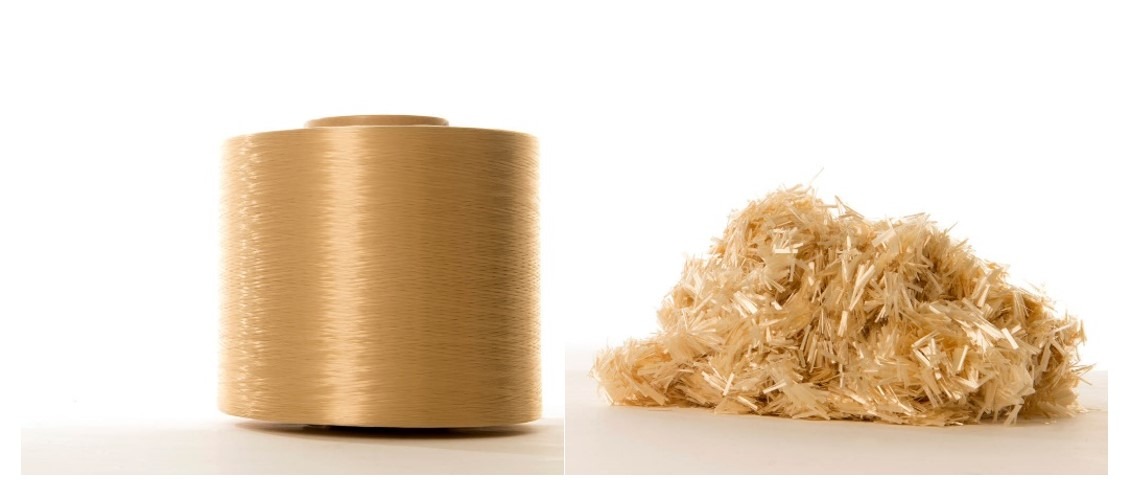
A unique combination of properties differentiates Vectran™ from other high performance fibers and makes them the material of choice in demanding applications where other fibers fail to meet performance requirements. The remarkable mechanical performance of Vectran™ combined with its unique properties makes it possible to use it for a variety of purposes. Vectran™ used in aerospace, ocean exploration and development, electronic support structures, entertainment and leisure industry, safety materials, industrial applications, ropes and cables, composites, high-pressure protective and inflatable clothing, the recreation and leisure industry, safety materials, industrial applications, ropes and cables, composites, protective apparel and high-pressure inflatables.
Ropes and Cables
Vectarn™ HT has solved many problems in critical marine, military, industrial rope and cable applications. The high strength with excellent creep resistance allows manufacture of high performance ropes that are stable to extended loads. Superior abrasion resistance, excellent moisture resistance, and exceptional property retention over broad ranges of temperature and chemical environments, provide solutions to industrial wear and degradation problems experienced with existing fiber products. They are a prominent candidate for the replacement of steel structures and stainless steel.
Vectarn™ UM is a high-modulus and low elongation alternative for applications requiring high stiffness, such as reinforcement of composites or electromechanical cables.
Recreation and Leisure
Vectarn™ is a great option for recreation and entertainment such as sailcloth, reinforced hulls, fishing poles and lines, golf clubs, bicycle forks, skis, bowstrings, tennis rackets, snowboards, and paragliders. Performance is critical in many specialty sporting goods applications. Of particular importance are the unique vibration damping characteristics of Vectran™ fiber combined with high strength, minimal moisture absorption and excellent flex/fold/abrasion/impact resistance.
Aerospace and Military
The first use of Vectarn™ fibers was for specialized military applications. The unique properties of this high performance fiber meet many of today’s needs in the military and aerospace fields. The airbags above made with Vectran™ fiber successfully cushioned the Mars Pathfinder, Spirit, and Opportunity landings on the surface of Mars.
Industrial Applications
These fibers provide unique solutions for industrial applications. Stability to most chemicals allows for the production of chemical resistant packaging and gaskets. Protective apparel users, such as gloves and workwear, benefit from excellent cut and stab resistance, high temperature resistance, outstanding flex/fold resistance, and durability to multiple wash/dry cycles even in the presence of bleach.
For example, the meat processing industry suffers from the highest incidence of hand cuts and abdominal stabs. Because of the high cost of safety apparel and the high costs of injuries, meat processing companies are sensitive to cost/performance of safety workwear. Aramid fibers have low resistance to bleach and HMPE fibers are sensitive to high temperature with drying. Therefore, the cost/performance ratio of safetywear improves when garments are able to withstand bleaching and are durable enough to withstand various washing and drying cycles without losing strength or shape due to shrinkage.
Specialized electronic applications
Vectarn ™ HT fiber is an excellent candidate for printed circuit boards, optical fiber components and conductor reinforcements. High dielectric strength coupled with high temperature resistance and excellent moisture resistance provide a new level of electrical efficiency in preventing current leakage. This combination, together with excellent dimensional stability and low coefficient of thermal expansion (CTE), provides unique fibers for specialized electronic applications. [7]


7) PBI Fibers
Polybenzimidazole (PBI) fibers are a class of extremely heat-resistant synthetic fibers made up of fully aromatic polyamids; its constituent is a long-chain aromatic polymer with imidazole groups as one of the major segments in polymer backbone. PBI is made from an aromatic tetramine and an aromatic dicarboxylic acid or a derivative thereof. The resin is then transformed into a fiber through a dry spinning process using dimethyl acetamide as a solvent. PBI fibers are relatively expensive and difficult to manufacture, but have some of the best properties of fibers. Due to its fully aromatic structure, PBI has a very high glass transition temperature (425°C/800°F) and doesn’t have melting point. Its heat deflection temperature at 264 psi (1.8 MPa) is 815°F (435°C). It also has excellent thermal and chemical resistance, including resistance to alcohols, hydrocarbons, chlorinated solvents, hydrogen sulfide, weak acids and bases, and many others. Its decomposition temperature is above 1300°F (>700°C), making PBI fibers suitable for a wide range of high temperature applications. It is flexible, has low tenacity and moisture recovery, does not burn or melt and has outstanding strength to weight ratio.
The only commercial PBI fiber is poly (2,2-m-polyphenylene-5,5-bibenzimidazole). Hoechst Celanese was the first to produce PBI articles under the trade name Celazole® (U-series) which was quickly followed by PBI-Polyaryleneketone blends (T-series). Today, the only manufacturer of these fibers is PBI Performance Products. The fiber and products made from it are also sold by Bally Ribbon Mills. [8]
The following is a summary of the history of PBI fiber application:
- In 1969, the US Air Force selected polybenzimidazole for its excellent thermal protection performance after a 1967 fire abroad the Apollo 1 spacecraft killed three astronauts.
- In the 1970s, NASA continued to use the PBI as part of astronauts’ clothing in Apollo, Sky Lab, and numerous space shuttle flights.
- In 1980s, PBI was introduced to the fire service. The golden PBI fabric, consisting of 40% PBI / 60% p-aramid, was born. Previously, a combination of Nomex®, leather, and Kevlar® materials were used in the US.
- In 2001, following the September 11 terrorist attacks, many of 343 firefighters killed were identified only by TenCate PBI Turnout Gear. [9]

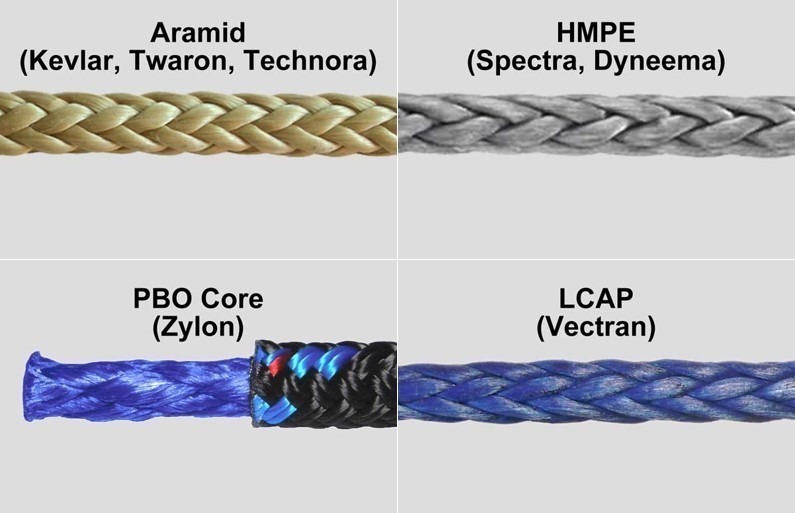
Sources:
1. Menachem Levin, Handbook of Fiber Chemistry, Taylor & Francis Group, LLC, 2007
2. S. Eichhorn, J.W. S. Hearle, M. Jaffe, T. Kikutani, Handbook of Textile Fibre Structure, Volume 1: Fundamentals and Manufactured Polymer Fibres, Woodhead Publishing Limited, 2009
3. https://polymerdatabase.com/Fibers/PVDC.html
4. https://www.dsm.com/products/dyneema/en_GB/technologies/dyneema-form-factors/fiber.html
5. https://tracers.ru/en/2016/12/why-use-dyneema_spectra
6. https://eurofibers.com/fibers/zylon
7. https://www.scribd.com/document/63004829/Vectran-Technical-Data
8. https://polymerdatabase.com/Fibers/PBI.html
9. https://en.wikipedia.org/wiki/Polybenzimidazole_fiber
10. https://www.ipitaka.com/blogs/news/what-are-aramid-fibers-i
11. https://www.galjoen.nl/downloads/nomex_industrial_brochure_e.pdf
12. https://www.albarrie.com/asphalt-filtration/
13. http://www.technologystudent.com/joints/kevlar1.html
14. https://www.textilemates.com/spandex-fibres-procesing-properties-uses/
15. https://kraton.com/products/oilgels/cablegels.php
16. https://www.spectra-fiber.com/science-behind-spectra-fiber/
17. https://www.toyobo-global.com/seihin/kc/pbo/zylon_strong.html
18. https://eurofibers.com/fibers/vectran/
19. https://www.animatedknots.com/rope-materials
20. http://www.thetechnicalcenter.com/IndustrialFabrics/index.cfm
Compiled by:
Hamidreza Tayari

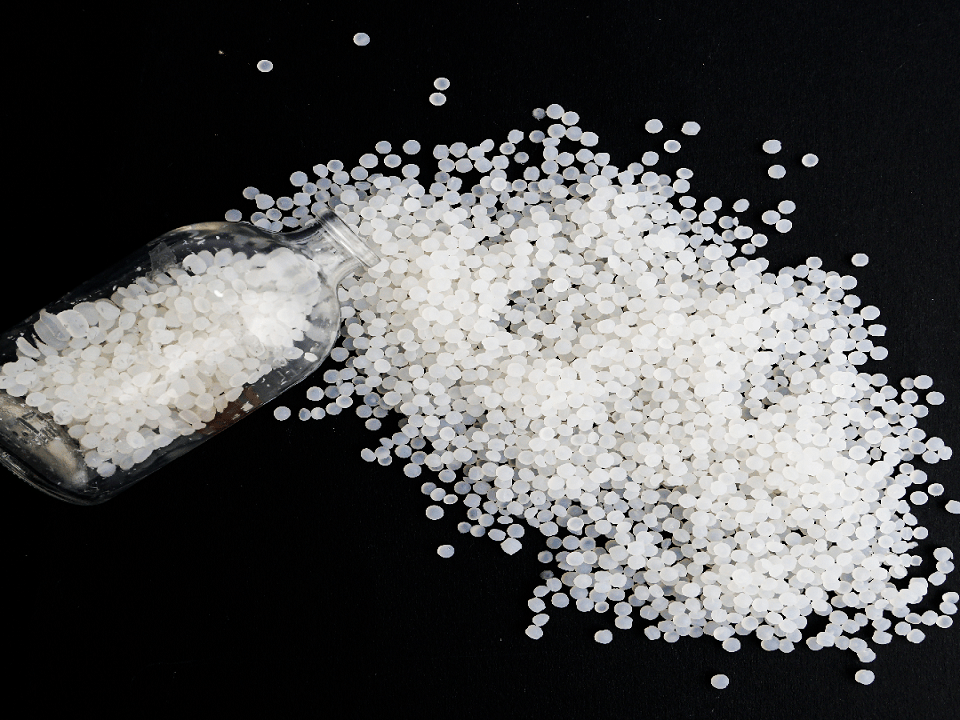
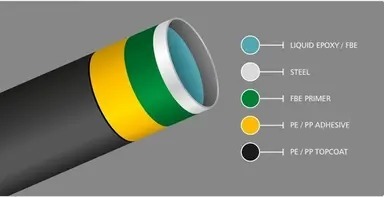

6 Comments
I have been surfing online more than three hours today, yet I
never found any interesting article like yours.
It’s pretty worth enough for me. Personally, if
all site owners and bloggers made good content as you did, the web
will be a lot more useful than ever before.
Thank you for your attention
I visited many blogs but the audio feature for audio songs
current at this site is really fabulous.
Thank you for your attention
Your means of explaining everything in this post is genuinely good, all be able to without difficulty know it,
Thanks a lot.
Thank you for your attention